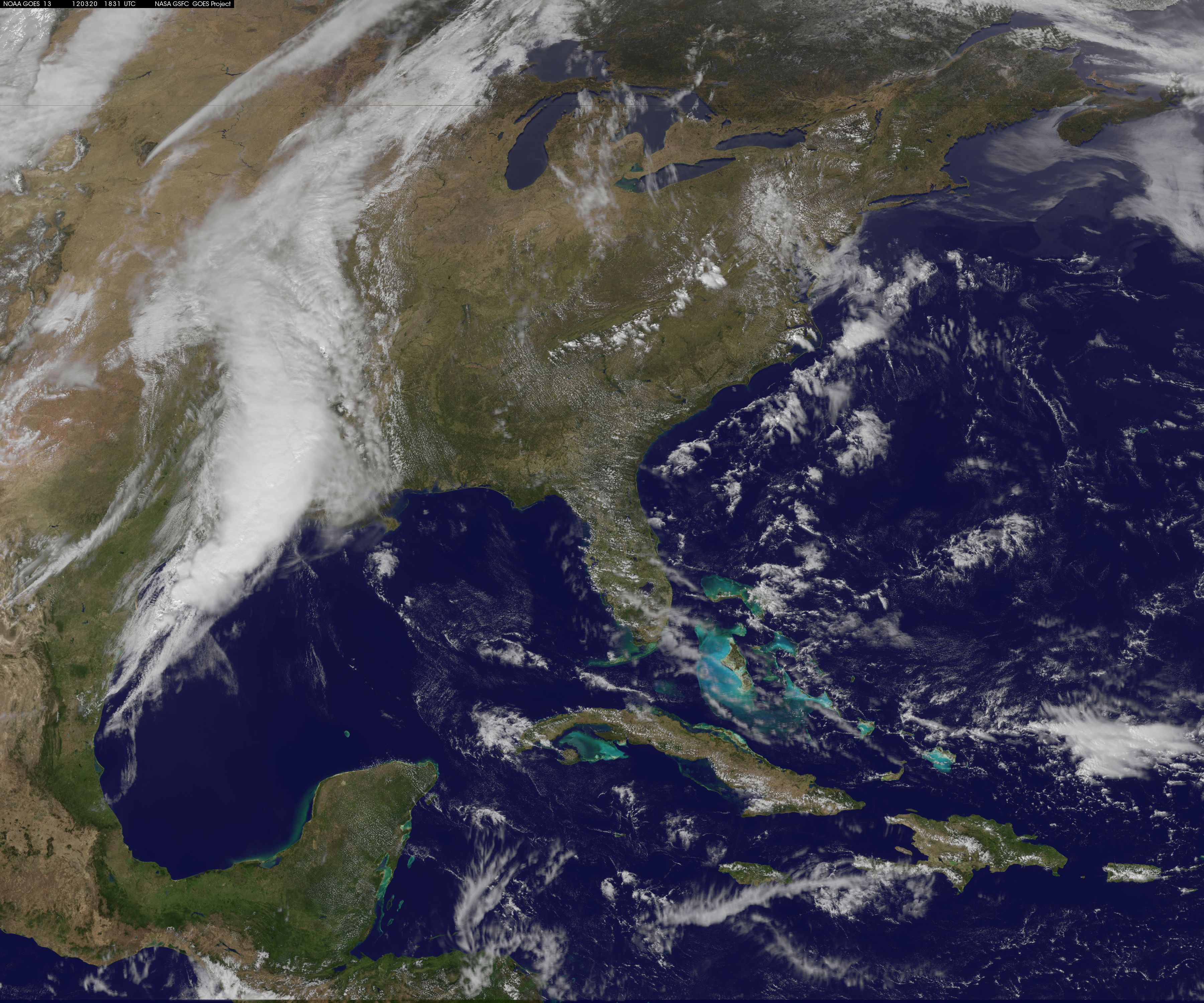During Hurricane season, June to November, South Florida has always been prone to extreme weather. Over the years, the University of Miami’s Office of Emergency Management (OEM) has worked to implement services like lightning sirens to keep the UM community aware and prepared. The recent addition of WeatherSTEM, an accessible weather information system, checks off another box in UM’s “storm-ready” status.
WeatherSTEM was created by Florida State University alumnus Ed Mansouri. Initially, Mansouri’s goal was to provide K-12 schools with science technology and engineering curricula, but now, many universities like Florida Atlantic University and UM have received the system as a donation. Typically, the system retails at $3,500, with annual fees around $1,750.
UM’s pursuit of a “storm-ready” certification by the National Weather Service began about two years ago with the creation of a visual weather board specific to the South Florida area, something mainly used by UMPD and OEM but also available to others through cable television.
“This was our first step, but we were wondering if there was something easier to access,” said Scott Burnotes, OEM Director. “Our WeatherSTEM station is 100 percent donated, and the cool thing about it is that it helps us from the Emergency Management perspective, but it also has this academic and curriculum type of activity that can be utilized by our students.”
Information collected by WeatherSTEM ranges from a simple forecast to a more detailed data analysis, making it accessible to both everyday users and experts. All the UM-specific material is collected by sensors and instruments on top of Cox Science Center, as well as a sky camera on top of Pavia Garage. Real-time results are not only available on the system’s website, but also on social media.
“I like how it gives you current conditions from the UM campus,” said senior Rosemarie Knoll, a meteorology major. “When you use other websites, like weather.com or weather.gov, they usually give current conditions from the nearest airport. Also, I feel like it would be beneficial for meteorology students because it will be a good resource when taking classes like meteorological instrumentation for doing experiments.”
Besides its focus on weather conditions in UM’s Coral Gables campus, the installation of the WeatherSTEM system was beneficial because of its clarity.
“What’s great about this system is the integration of all that data in one nice package,” said Professor Brian Mapes, advisor to Chi Epsilon Pi, an honor society for outstanding meteorology and atmospheric science students. “The software was written by pros, so it is much more user-friendly than what faculty or students could create alone. This data integration helps experts see more, as well as making it more accessible to the public. Experts like clarity, too. So it’s a great scientific benefit of the software revolution.”
For meteorology students, the maintenance of the WeatherSTEM stations on campus can also provide them with a deeper behind-the-scenes look at how instrumentation works, according to Mapes.
Now, the goal, according to Burnotes, is to have WeatherSTEM capabilities at all three UM campuses. OEM is also working to incorporate WeatherSTEM into their Energy Management initiatives.
“We want to integrate WeatherSTEM to our Energy Management building automation system so that, when it’s cooler or the sun is a certain way we become more energy efficient,” Burnotes said. “This means, for instance, that the air conditioner would automatically turn up or turn down and the lights would get dimmer or brighter depending on the conditions outside. This is the next step of the future.”
Ed Mansouri will visit the University of Miami Thursday evening. He will speak at a meeting of Chi Epsilon Pi at 6:30 p.m. in the Dooly Memorial Building, room 318. This lecture is open to all students.






